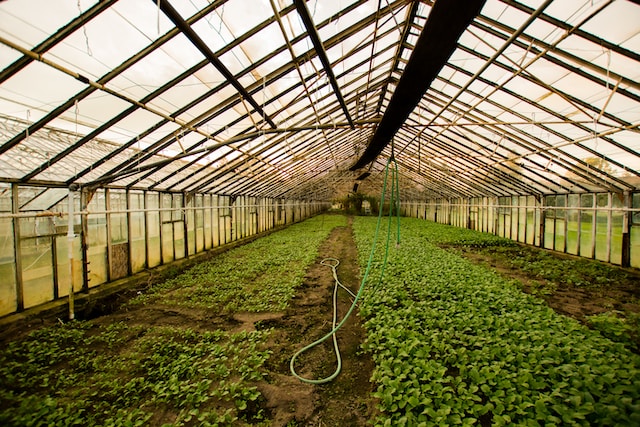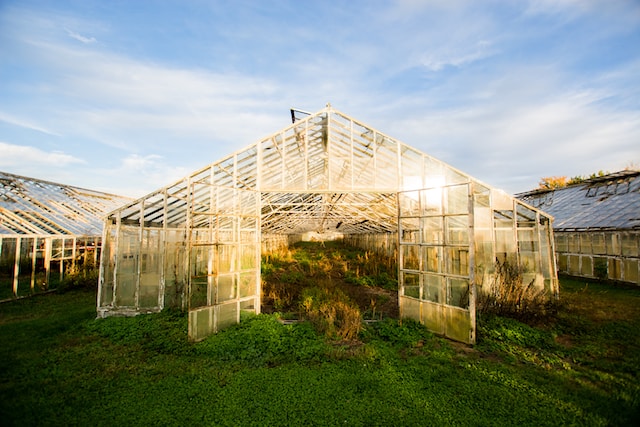Using Shade Cloth to Boost Crop Production
An important goal is agriculture is maximising the production of crops while minimising the consumption of resources. And with the impact of climate change on the rise of temperatures and weather patterns, there are new challenges to traditional farming practices. This has given rise to innovative solutions such as shade cloth that can be used to shade nurseries or structures to optimise growing conditions.
Shade cloth is also called shade netting and this woven fabric is made from HDPE.
It has varying degrees of intensity and the primary purpose of this is to provide shade and control light exposure. You can find shade clothes in different shading percentages and there are companies that you can purchase this form. You can check out the different shading levels available when you visit site. The range of shading will generally vary between 30-90% and growers can choose the right level of shading depending on the crops they grow and the environmental conditions of their location. Shade cloth can help regulate temperature. This is especially useful because excessive heat can become a stressor to plants and inhibit their growth. And this will contribute to a reduced yield.

When you install the shade cloth over the crops,
A microclimate can be created so that the plants can be shielded from heat and light ensuring that optimal temperatures for growth can be maintained. If you are growing plants in a region of high temperatures or in areas that experience heat waves, a shade cloth can protect crops from heat stress. Sunlight is essential for the growth of plants but when they are excessively exposed to sunlight, it can be quite harmful as well. Due to intense sunlight, the photosynthetic efficiency of the crops will reduce. But the shade cloth can be a barrier and diffuse the sunlight reaching the growing area so that the intensity can be reduced without blocking the light completely. This can prevent sunburn for the crops and the stress on crops will be minimised while maintaining enough light for photosynthesis. This can help you grow more resilient plants.

Light distribution can be optimised with the use of shade cloth.
He risk of uneven lighting and shadow patterns is reduced as shade cloth can diffuse sunlight. This way, all parts of the crop will receive sufficient light for photosynthesis. Uniform light exposure can be provided through this method so that the consistent growth of crops and higher yields can be ensured. You can also reduce water consumption with the use of shade cloth because it moderates temperature and reduces evaporation. This helps the soil conserve moisture so that the plants can grow with less water. If you are growing in an arid or semi-arid region, this can be especially helpful as water scarcity will not negatively affect your plants. The use of a shade cloth will also prevent pests and insects from accessing the crops and this will reduce the need for chemical pesticides. There is a physical barrier created by the shade cloth so that the risk of airborne pathogens like fungal spores spreading is reduced.